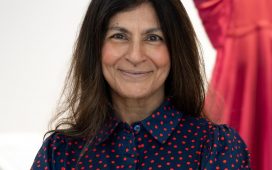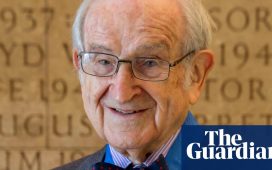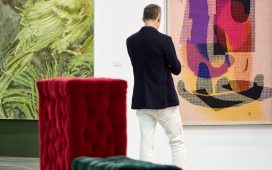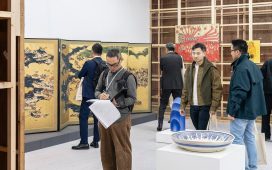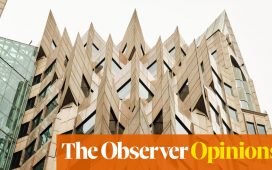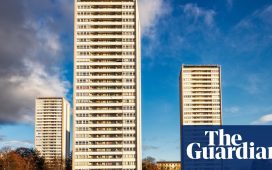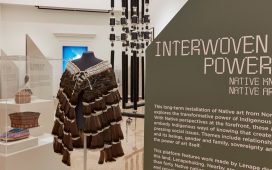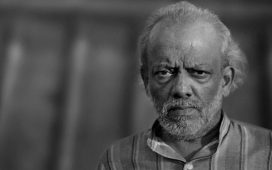My friend Benedict Rubbra, who has died aged 86, was a portrait painter who later switched to abstract work.
Over the years he was commissioned to paint more than 200 portraits, including one of Prince Charles, who gave him three sittings at Kensington Palace (1983), the poet Ursula Vaughan Williams (1984), the composer Howard Ferguson (1985) and the pioneering cardiac surgeon Sir Terence English (1997).
He was particularly sought after for child portraits, and wrote instructional books on portraiture, including Painting Children in 1992.
Benedict’s shift to abstract painting was inspired by the unusual backgrounds he created for his sitters to be painted against. Eventually he became more interested in the backdrops than the portraits, and spent most of the rest of his career, from around 2000 onwards, developing them.
Benedict was born in High Wycombe, Buckinghamshire, the second son of Edmund Rubbra, a composer, and his wife, Antoinette (nee Chaplin), a violinist. The family lived in rural simplicity in a cottage in the nearby village of Speen, with no electricity, central heating or running water. Benedict struggled academically at Christ’s Hospital school in West Sussex, but revealed a passion for art that he may have inherited from his great-grandfather, the belle epoque artist Charles Chaplin.
He went on to study at the Slade School of Art in London, after which he spent a decade teaching perspective and life drawing at High Wycombe art school, combined with one day a week at Oxford Polytechnic and other part-time teaching at New College prep school in Oxford.
In 1964 he married Tessa Gavin, a potter. They had two children, Tobias and Tabitha, and then moved into Benedict’s childhood home in Speen, where he built an annexe for his mother and a studio/gallery, setting himself up as a portrait painter. Although most of his portraits were held by those who had commissioned them, he mounted biennial exhibitions of his work, and in 1998 there was a retrospective of his painting at Aylesbury County Museum.
In 2001 he and Tessa moved to Devon, and it was then that he really began to develop his abstract paintings, exhibiting them in Exeter.
He is survived by Tessa and their two children.
